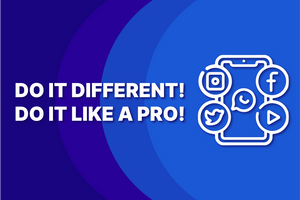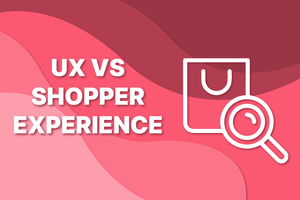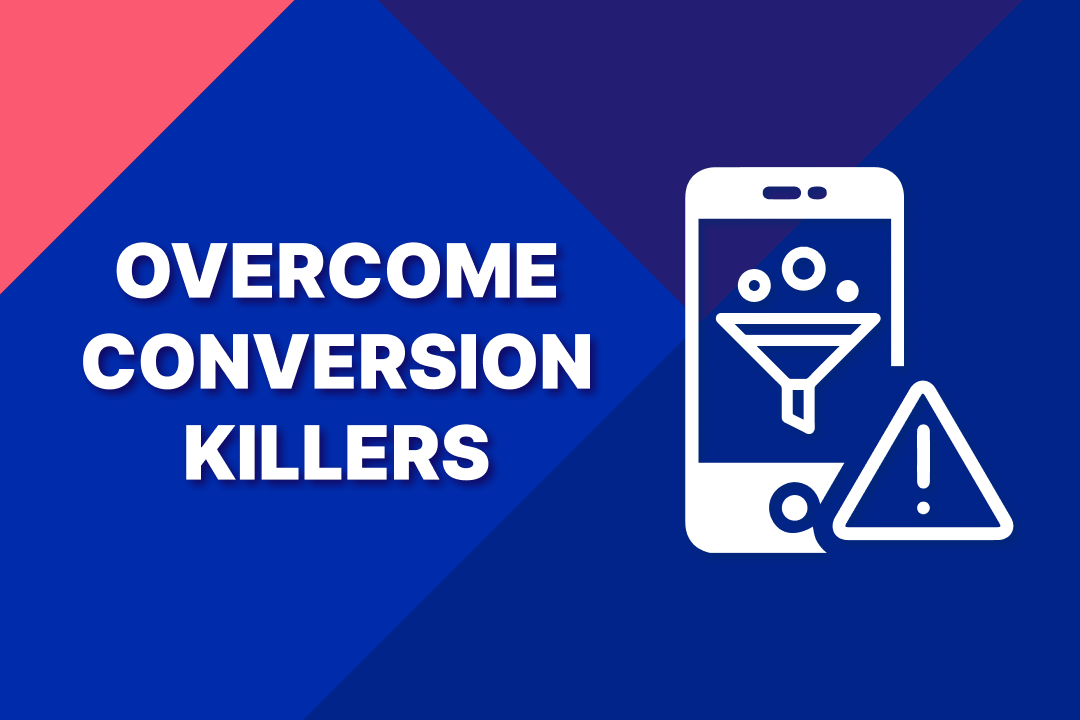
While mobile phones are becoming increasingly popular for online shopping, are you concerned that you're not making the most of your mobile sales potential?
You're not by yourself. As mobile devices have become the primary way that consumers browse and shop online, many businesses are facing the same challenge. But, with so many potential issues in mobile commerce, it can be difficult to know where to begin when it comes to improving your mobile conversion rate.
In this blog post, we'll look at some of the most common mobile store issues that are decreasing mobile conversion rates, as well as some practical solutions for dealing with them.
There are numerous factors that can impact the success of your mobile commerce efforts, ranging from poor mobile optimization to confusing navigation and checkout processes. However, with the right strategies in place, you can overcome these obstacles and begin seeing real results in your mobile conversion rate. Let’s go!

What is Mobile Conversion Rate?
The mobile conversion rate is a metric that calculates the percentage of visitors to a mobile website or mobile app who complete a desired action, such as making a purchase, completing a form, or signing up for a newsletter.
It is calculated by dividing the total number of visitors to the mobile website or app by the number of conversions (the desired actions) and multiplying by 100. For example, if 1000 people visit a mobile website and 50 of them buy something, the mobile conversion rate is 5%.
Mobile conversion rate is an important metric for businesses because it enables them to determine how effectively their mobile website or app converts visitors into customers.
Businesses can identify areas of their mobile website or app that need improvement and make adjustments to increase conversions by monitoring and analyzing mobile conversion rates.
It's important to note that different businesses will have different conversion goals, so their conversion rate targets will differ. A company that wants to generate leads, for example, will have different conversion rate targets than one that wants to sell products.
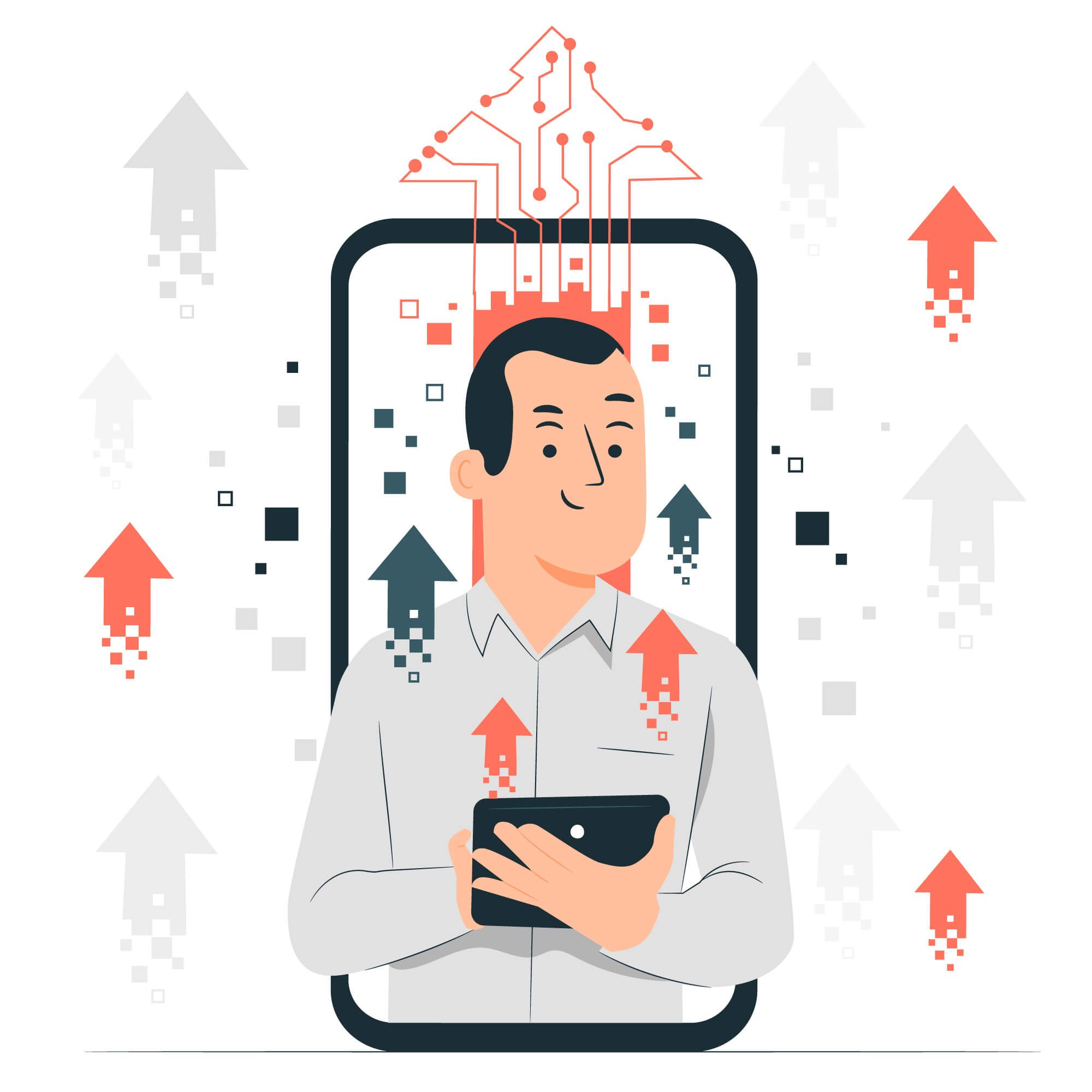
Why Should You Maximize Your Mobile Conversion Rate?
Increasing your Shopify mobile conversion rate is critical for several reasons:
1. Mobile Usage is Growing
An increasing number of people use their mobile devices to browse the internet and make purchases. Failure to optimize for mobile may lead to the loss of potential customers.
2. Increased ROI
A higher mobile conversion rate indicates that more users are completing the desired action on your mobile website, which can lead to a higher return on investment.
3. Improved Customer Experience
A mobile-optimized website with an easy-to-navigate call-to-action can result in a better customer experience. As a result, customer loyalty and repeat business may increase.
4. Increased Revenue
As more users complete purchases or take other desired actions on your mobile website, your mobile conversion rate will increase.

5. Competitive Advantage
A mobile-optimized Shopify website can give you a competitive advantage over competitors who are not mobile-optimized.
6. Better Conversion Rate on Other Devices
Having a mobile-optimized website can benefit conversions on other devices as well, because it makes your website more accessible to people using various devices.
7. Improved SEO
Because Google considers mobile-optimized websites to be ranking factors, they can help your website rank higher in search results.
8. Improved Data Insights
A high mobile conversion rate allows you to gain a better understanding of how your audience interacts with your Shopify mobile website.
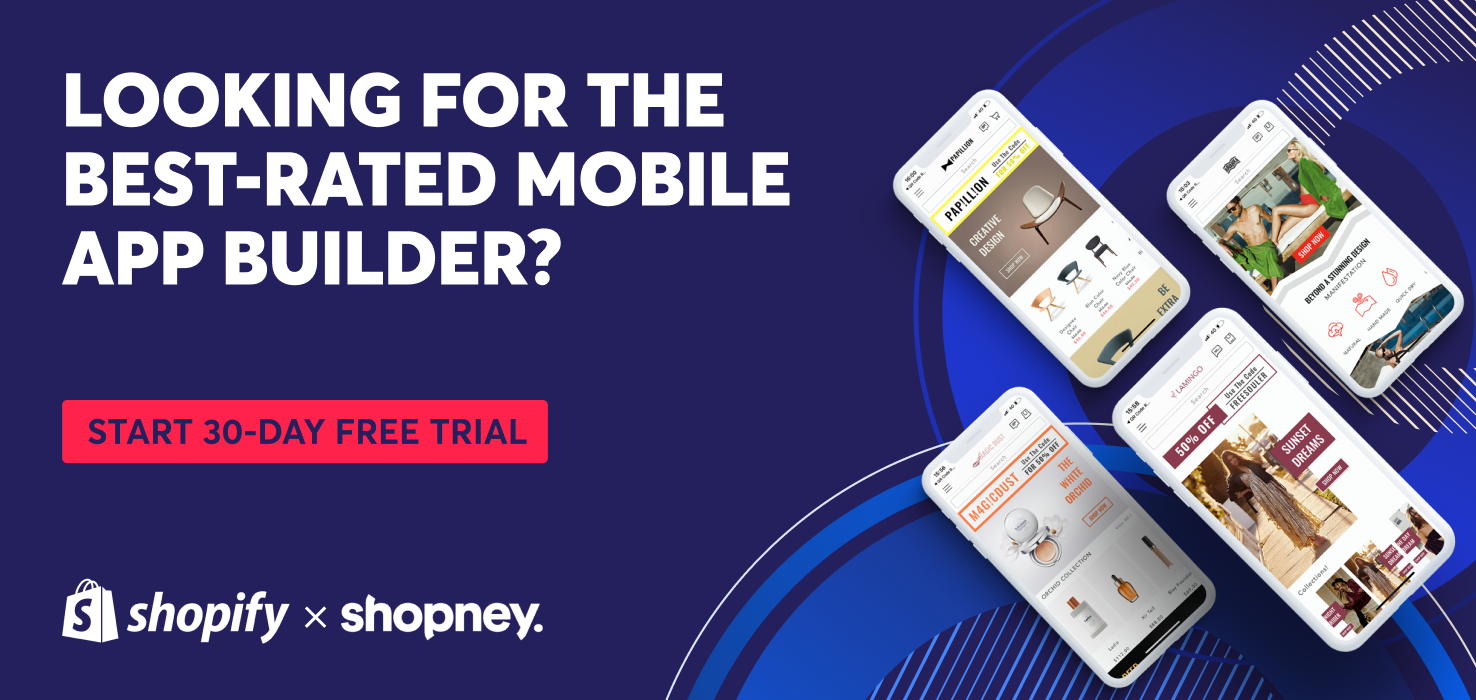
Issues that Reduce Your Mobile Conversion Rate and How to Fix Them
1. Low Website Loading Speed
The speed of a mobile website is important for mobile conversion because it directly affects the user experience. Slow page load times can result in higher bounce rates and lower engagement, which can lead to fewer conversions for your Shopify store.
User Impatience: Because mobile users have less patience than desktop users, they are more likely to abandon a website that takes too long to load.
Data Usage: Slow page load times can result in increased data usage, which can be problematic for users with limited data plans.
Search Engine Ranking: Google and other search engines use page load time as a ranking factor, so a slow mobile website can have a negative impact on search engine rankings.
Frustration: Slow page load times can irritate users, causing them to have a negative perception of the brand and discourage them from returning to the site.
Abandonment: Slow page load times can lead to a high bounce rate because users may be unwilling to wait for the page to load and instead leave the website.
Businesses can improve user experience, reduce bounce rates, and increase conversions by optimizing mobile website speed. Some methods for increasing mobile website speed include optimizing images, compressing files, reducing the number of HTTP requests, and using a content delivery network (CDN).
2. Slow Check-out
Fast check out is important for mobile conversion because it improves the user experience and increases the likelihood that users will complete their purchase.
Convenience: Users prefer a quick check-out process because it allows them to complete their purchase quickly and easily.
Frustration: A slow or complicated check-out process can irritate users, leading to abandoned carts and lower conversion rates.
Trust: Users are more likely to feel confident in providing their personal and payment information if the checkout process is quick and secure.
Repeat Purchases: Purchases from satisfied customers are more likely to be repeated if they have a positive check-out experience.
Shopify businesses can improve the user experience and increase the likelihood of users completing their purchase by providing a fast and efficient check-out process. Optimizing the check-out process to make it faster, easier, and more user-friendly can aid in increasing mobile conversion rates.
Furthermore, offering a variety of payment options (such as credit card, PayPal, Apple Pay, and so on) can help to ensure that users can complete their purchase in the most convenient way for them.

3. Unpersonalized Customer Experience
By making mobile conversion more relevant and engaging for users, providing a personalized experience can be an effective way to increase mobile conversion. Here are a few strategies for increasing mobile conversions through personalized experiences:
Personalized Product Recommendations: Businesses can increase the relevance and appeal of their products by recommending products to users based on their browsing history, preferences, or purchase history, resulting in more conversions.
Personalized Content: Businesses can increase the relevance and engagement of their content by tailoring it to individual users based on their browsing history, preferences, or purchase history. This leads to more conversions.
Personalized Messaging: Businesses can increase the relevance and effectiveness of their communications by using personalized messaging, such as targeted email campaigns or push notifications, which leads to more conversions.
Personalized Offers and Discounts: Businesses can increase the relevance and appeal of their products by providing personalized offers and discounts to individual users, resulting in more conversions.
Personalized Account Settings: By offering personalized account settings, businesses can make it easier for users to access their information and increase the likelihood that they will return and convert.
4. Poor UI/UX Experience
Because it directly influences how users interact with and perceive a mobile website or app, UI/UX (user interface/user experience) is important for mobile conversion. A positive user interface/user experience (UI/UX) can lead to increased engagement, conversions, and customer satisfaction, whereas a negative experience can lead to decreased engagement and conversions.
Navigation: A well-designed UI/UX makes navigating a mobile website or app simple for users, which can lead to increased engagement and conversions.
Usability: A well-designed UI/UX can make a mobile website or app simple to use, increasing engagement and conversions.
Trust: A visually appealing and user-friendly UI/UX can instill trust and reliability in the brand, making users feel more confident about making a purchase or providing personal information.
Adaptability: A responsive UI/UX design ensures that the website or app adapts to different screen sizes and orientations, improving the user experience across devices and leading to higher conversions.
Ease of Use: A simple and intuitive UI/UX design can make it simple for users to complete tasks like making a purchase or filling out a form, which can lead to higher conversions.
Retention: A positive UI/UX experience can lead to higher user satisfaction, which leads to higher retention and repeat business, resulting in more Shopify conversions.
Frustration: A poorly designed UI/UX can cause user frustration, which can lead to abandoned carts and lower conversion rates.
Overall, a well-designed UI/UX can boost user engagement, conversions, and customer satisfaction. As a result, it's critical for businesses to prioritize UI/UX design when developing a mobile website or app to ensure a positive user experience, which can lead to higher Shopify conversion rates.
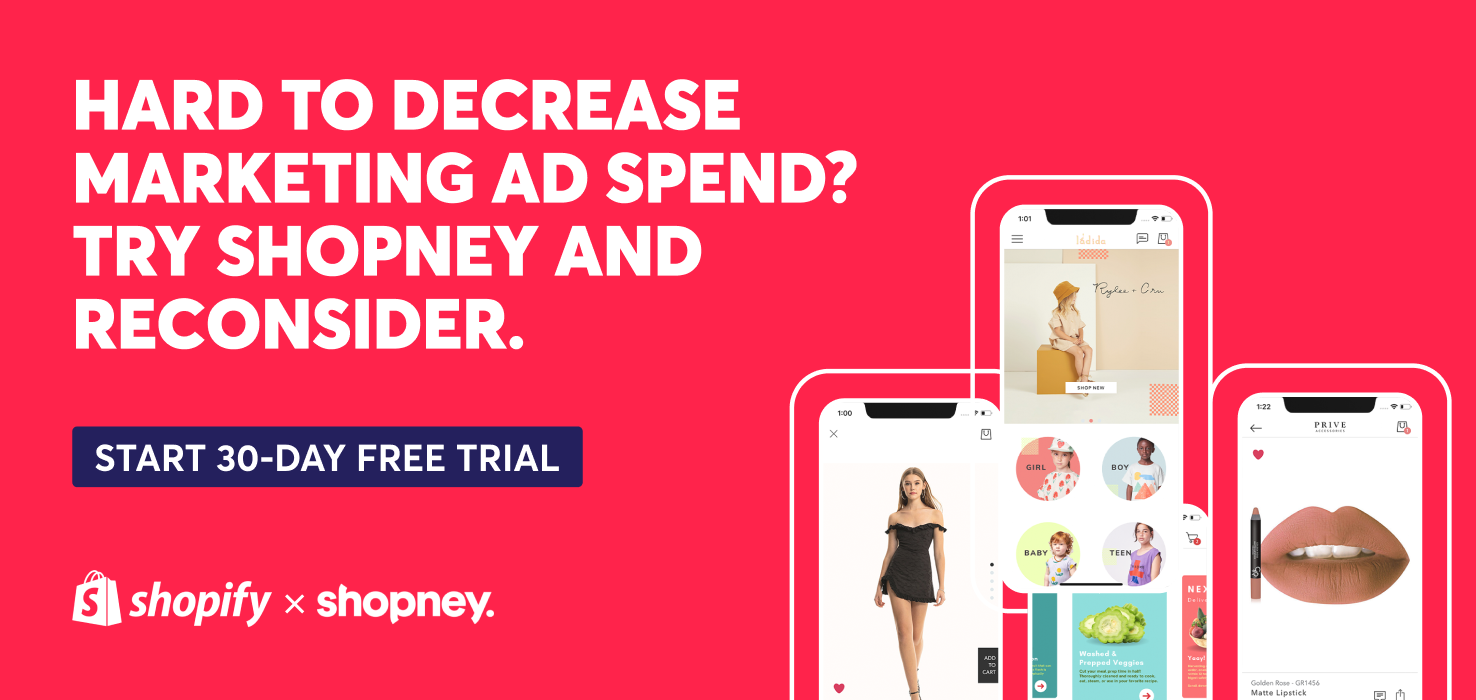
5. Not Offering Free Shipping
Offering free shipping is important for mobile conversion because it increases the likelihood of users purchasing. Free shipping can be a strong motivator for customers to buy because it lowers the overall cost of the purchase and makes a product more appealing to customers.
Increased Sales: Offering free shipping makes the purchase more appealing to customers.
Competitive Advantage: Offering free shipping can give your Shopify business a competitive advantage over competitors who do not offer free shipping because it makes a product more appealing to customers.
Increased Average Order Value (AOV): Offering free shipping on orders over a certain threshold can encourage customers to add more items to their cart, resulting in a higher average order value.
Saving Money: Offering free shipping can be a cost-effective way to increase conversions, resulting in increased sales and a higher average order value.
Increased Customer Satisfaction and Loyalty: Offering free shipping can increase customer satisfaction and loyalty.
Simplicity: A clear and simple free shipping policy can provide users with a clear understanding of when their orders will be delivered and how much it will cost, making them more likely to complete the purchase.
It should be noted, however, that offering free shipping may not be feasible for all businesses. In that case, providing a low flat rate shipping option or a clear shipping cost calculation can be an option.
Furthermore, when offering free shipping, Shopify businesses should consider their profit margins, as it may not be sustainable for some of them.

6. Lack of Social Proof
Social proof is important for mobile conversion because it increases trust and credibility in a brand, which leads to more Shopify conversions. People are more likely to take action if they see that others have taken the same action. This is known as social proof.
Trust and credibility: Social proof can boost a brand's trust and credibility by demonstrating that other people have had positive experiences with the brand.
Product Credibility: Product reviews, ratings, and testimonials can help to demonstrate the product's credibility and make it more appealing to potential buyers.
Social Influence: Social proof can also have a positive influence on purchasing decisions, as people are more likely to make a purchase if they see that others have done so.
Decision Making: Users can benefit from social proof by receiving information from other users who have had similar experiences.
Credibility: Social proof can also lend credibility to a brand by demonstrating that others have had positive experiences with it.
Increase brand loyalty: As satisfied customers are more likely to return and make additional purchases, social proof can help to boost brand loyalty.
Businesses can use various types of social proof to increase conversions, such as customer reviews, ratings, testimonials, and social media mentions. To ensure credibility, Shopify businesses must ensure that the social proof is authentic and up to date.
7. Lack of CTAs
A call-to-action (CTA) is a button or link that directs users to perform a specific action, such as making a purchase or completing a form. Using effective call-to-actions can be a powerful way to boost mobile conversion of your Shopify store.
Make it clear and concise: Ensure that your CTA is clear and simple to understand, and that it employs action-oriented language that tells users exactly what they need to do.
Make it stand out by doing the following: Make your CTA stand out from the rest of the content on the page by using contrasting colors, bold text, and clear graphics.
Make it obvious: Place your CTA prominently on the page, above the fold, so users can easily find it and click on it.
Use multiple CTAs: To increase the likelihood of users taking action, use multiple CTAs throughout the mobile website or app.
Experiment with various CTAs: To determine which version of your CTA performs best, experiment with different colors, text, and placement.
Make it mobile-friendly: Optimize your CTAs for mobile devices so that they can be clicked easily on smaller screens.
Use urgency and scarcity: Use language and imagery that creates a sense of urgency and scarcity, such as "limited time offer" or "limited supply."
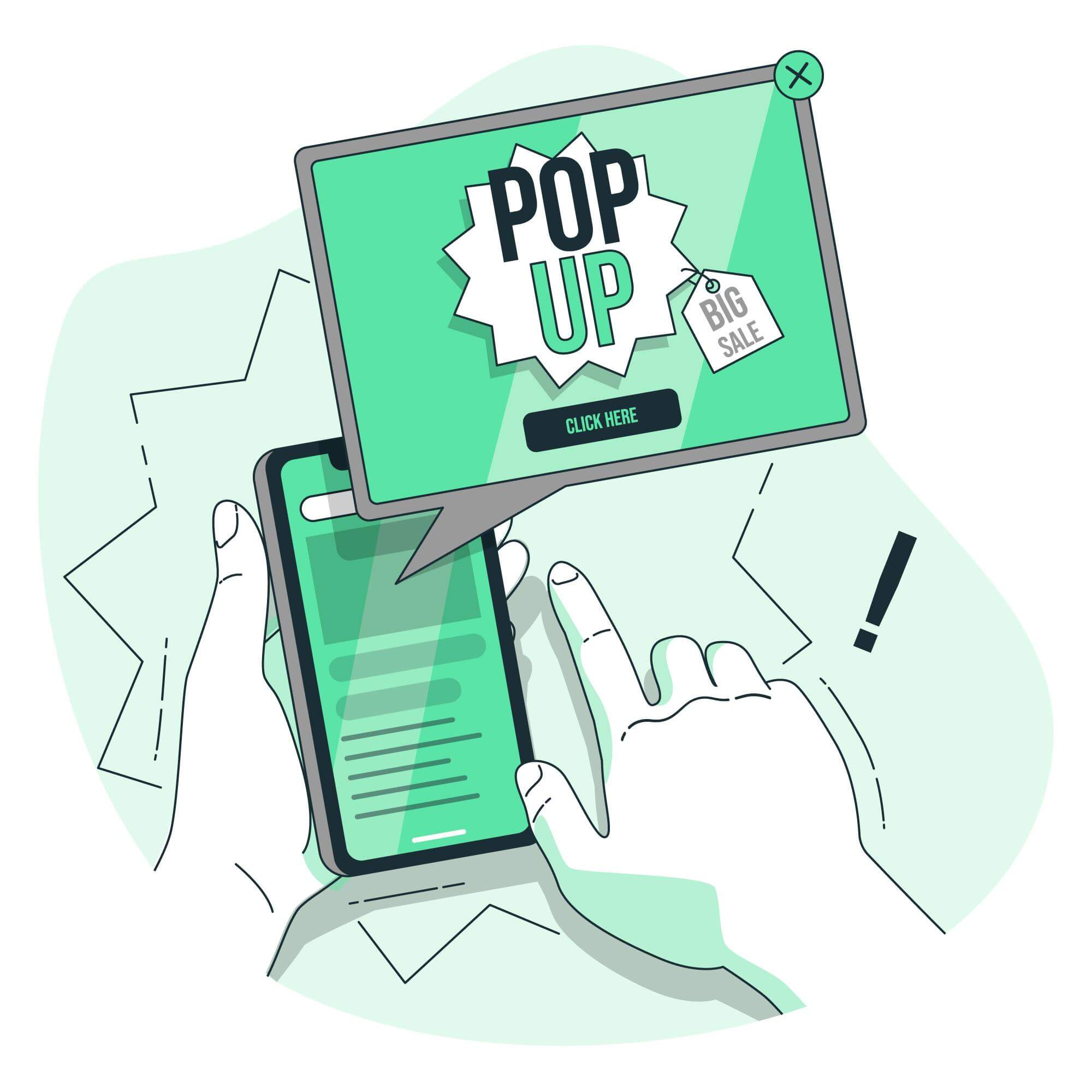
8. Not Using Mobile Friendly Pop-ups
Mobile-friendly pop-ups can be an effective way to increase mobile conversion by displaying relevant information or offers to users at the appropriate time. Here are a few examples of how mobile-friendly pop-ups can help boost mobile conversion:
Timing: Using pop-ups to display relevant information or offers at the appropriate time, such as when a user is about to leave a website, can increase conversion rates.
Personalization: Displaying information or offers based on a user's browsing history or behavior can increase the pop-relevance up's and effectiveness, leading to more mobile conversions.
Mobile-optimization: Making pop-ups more effective on smaller screens and increasing conversions by optimizing them for mobile devices, such as by using larger buttons, simple layouts, and easy-to-read text.
Exit-intent pop-ups: By capturing users who are about to leave a website, you can offer them a special promotion or incentive to stay and convert.
Targeted messaging: By providing users with personalized and relevant information or offers that are more likely to convert, targeted messaging in pop-ups can increase conversion rates.
Clear Call-to-Action: A clear and prominent call-to-action (CTA) on the pop-up can increase conversion by providing a clear and easy way for users to take action.
9. Not Implementing A/B Tests
A/B testing, also known as split testing, is the process of comparing two versions of a website or app (version A and version B) to see which one converts better. A/B tests can help businesses increase mobile conversion by allowing them to make data-driven decisions about how to optimize their mobile website or app.
Identifying What Works and What Doesn't: A/B testing allows you to determine which elements of your Shopify mobile website or app are performing well and which are not, allowing you to make educated decisions about how to optimize your site for higher mobile conversions.
Improving User Experience: A/B testing allows you to test different designs, layouts, and features to determine the best user experience for their mobile website or app, which can lead to increased engagement and conversions.
Personalization: You can personalize the user experience by presenting different versions of the mobile website or app to different segments of the audience.
Cost-effective: A/B testing is a low-cost way to improve mobile conversion because it does not necessitate a large investment in development or design.
Continuous Improvement: You can test and improve your mobile website or app on a continuous basis, which can lead to a steady increase in conversions over time.
To ensure accurate results, A/B tests should be conducted with a certain amount of traffic and a certain amount of time. A/B tests should also be carried out on a specific element of the website or app rather than on the entire website or app at once.
10. Not Utilizing FOMO
FOMO, or "fear of missing out," is a psychological phenomenon that can be exploited to boost mobile conversion. Businesses can motivate users to take action and make a purchase by instilling a sense of urgency or scarcity. Here are a few examples of how you can use FOMO to boost mobile conversion:
Limited Time Offers: Instilling a sense of urgency in users by offering limited time deals or discounts can encourage them to make a purchase before the offer expires.
Notifications of Low Stock: Informing users that a product is out of stock or that quantities are limited can create a sense of scarcity and encourage them to make a purchase.
Scarcity Messaging: Using messaging that emphasizes a product's or service's limited availability can create a sense of urgency and motivate users to make a purchase.
Countdown Timer: Including a countdown timer on a landing page, email, or push notification can create a sense of urgency and motivate users to act before the timer expires.
It is critical to note that using FOMO should be done in a subtle and ethical manner, rather than in a manipulative or deceptive manner. Businesses should also ensure that the limited-time offers, low-stock notifications, and other FOMO elements they use are based on actual availability rather than fabricated scarcity.

How to Improve Your Mobile Conversion Rate with Shopney- Mobile App Builder?
Shopney is the best-rated Shopify mobile app builder that can help you to boost your mobile conversion. When compared to your mobile website, your mobile app can increase your mobile conversion rate by up to 5X because it offers numerous benefits such as:
1. Provide Great Mobile Shopping Experience
You can provide the best mobile shopping experience with your customers by leveraging Shopney. Here are a few examples of how you can achieve that:
Easy Navigation: Shopney's navigation is simple and intuitive, making it simple for users to find what they're looking for and potentially increasing engagement and conversions.
Fast Loading Speed: Shopney is built to ensure that your app loads quickly, which can help reduce bounce rates and increase engagement.
Layout Options: Shopney provides different layout options for you to make sure you present your products in the most proper & appealing way.
Fast Check-out: Shopney offers the most popular payment options with you such as Apple Pay, GPay, Klarna, etc. So, customers can prefer their favorite payment method and complete their purchase easily.
2. Utilize Push Notifications
With Shopney, you can have the most powerful marketing tool: push notifications. You can reach your customers whatever you want and convert them by sending product updates & discounts & offers, etc.
3. Leverage Live Chat
You can create a personalized shopping experience by creating personalized dialogue and sending special offers. So, you can convert your customers in real-time with live chat and boost your mobile conversion.
Summary of Fixing the Problems that Kill Your Mobile Conversion Rate
In conclusion, if you want to maximize your mobile sales potential, resolving the issues that are reducing your mobile conversion rate is critical to the success of your Shopify business.
You can improve the mobile user experience and increase conversions by addressing issues like slow loading speed, poor navigation, lack of personalization, poor mobile optimization, complicated checkout process, and lack of social proof.
To address these concerns, begin by optimizing your site for speed, ensuring that it loads quickly on all devices. Next, ensure that your navigation is clear, simple, and simple to use. Provide personalized product recommendations, offers, and content in your mobile store.
Make your mobile store more suitable for smaller screens and touch-based navigation. Simplify your checkout process and make it as simple for users to complete a purchase as possible. Finally, include social proof, such as customer reviews and ratings, on your mobile store to boost trust and credibility in your brand.
If you want to boost your mobile conversion rate, you should check the issues above we mentioned and learn how to fix them by reading the tips we mentioned in this blog post.
After making sure to solve the problems of your mobile website, to maximize your mobile sales, you should turn your Shopify store into a mobile app. Shopney is the best-rated mobile app builder and you can create your mobile app in hours and launch it within days. Click here to start your 30 days free trial, without requiring any credit card information.


